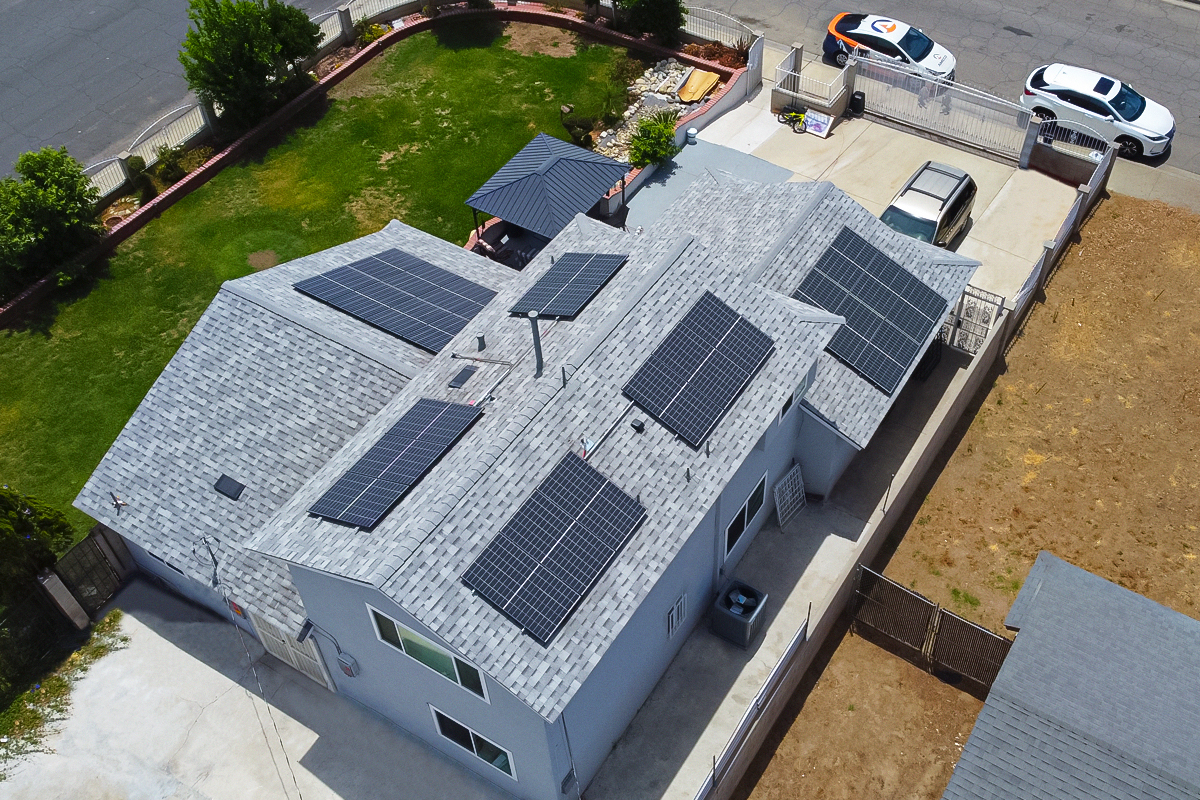In 2014, hundreds of teenagers gathered at El Dorado Park for a unique event. Nearly 80 teams of middle and high school students from 19 Long Beach schools arrived armed with miniature solar panels and motors to compete in a “Solar Grand Prix”.
The challenge was simple: design a solar-powered car and race it down a 65-foot track. One by one vehicles surged forward, using the sun rays to propel themselves. As the cars roared past the finish line, and the winning team was met with cheers, the event’s success was undeniable.
Organized by then-Councilwoman Gerrie Schipske and sponsored by local businesses like AMECO Solar, the Solar Grand Prix did more than get kids out into the sunshine — it was the perfect demonstration of California’s grassroots push to embrace solar.
Thanks to events like these, solar power is no longer a futuristic concept in the state. In fact, as of the first quarter of 2025, solar panels produce over 30% of California’s energy. It’s a significant statistic — and one that’s been in the making for over 50 years.
How California is Leading the Charge
Many regions worldwide struggle to adopt renewable energy, but California has been leading the charge. In 2025, the state’s total installed capacity touched 49,000 MW, a significant figure that exceeds that of other states, as well as many nations.
In April of 2025, the US Energy Information Administration found that, for the first time, the state generated more solar energy (83.1 TWh) over a year than it did from natural gas (81.6 TWh). Back in 2014, when AMECO sponsored the Solar Grand Prix, California produced 7% of its energy from the sun. Today, it produces about a third from solar power. The use of natural gas over the same period fell to 35%.
Job creation stats have been equally heartwarming. In 2024, the Clean Jobs California annual analysis found that for the first time, over 500,000 residents were employed in the green energy sector — higher than any other state in the U.S.
But we don’t always need to look at the numbers for proof.
The transformation is visible with our own two eyes, and evident in conversations with peers. Solar panels are scattered across roofs, business establishments, schools, and community centers in Long Beach and beyond. Over 80% of the state’s residents believe policymakers should promote even more solar energy.
Demystifying Solar Energy For Ordinary Households
There are several explanations for why California has seen such a widespread push for solar power. Some regions of the state experience about 200 sunny days in a year, supplemented by partly sunny days. Energy costs exceed national averages, and drought-like situations have crippled farming communities.
But, most of all, it boils down to an incredible shared community effort. This includes forward-thinking policies like the Solar Grand Prix, as well as the efforts of local solar companies to simplify installations for the masses. As a result, while much of the world still views solar as a promising technology, Californians benefit from immediate access.
Consider, for example, the journey of a Long Beach homeowner who in 2022 went looking for a solution for their high utility bills. They reached out to AMECO Solar and Roofing, a company in California expecting a huge task ahead of them.
Instead, they couldn’t have been less burdened. A team visited the homeowner for an initial consultation, during which they determined the client’s usage, needs, and budget. The team then created a tailored plan to optimize solar production and got to work assembling dozens of panels across the homeowner’s roof. It only took a few weeks of minimal disruptions. The results? Thousands in yearly savings.
This kind of service is prominent across California.
AMECO Solar and Roofing, for instance, has been around since the 1970s. It’s not a new company coming to grips with new energy demands — it’s been a pioneer of renewable technologies for over 50 years. It’s legacy companies like this that make solar panel installation in Los Angeles such a breeze.
Benefits that Go Beyond Climate Protection
Sure, solar power is essential for protecting our planet and combating climate change. But as hundreds of homeowners across the state will attest, the bigger benefit lies in the long-term cost savings. It’s a trend seen across public service establishments as well.
Take, for example, a local hospital that recently began constructing a solar-plus-storage microgrid to cover 80% of its energy needs. This project is expected to save $15 million that can otherwise be diverted to life-saving care. Moreover, shifting reliance away from the grid ensures critical areas like its ICU never run out of power. In California, where grid outages are increasingly common, this reliability is a game-changer.
Solar power brings many other similar benefits, which California is perfectly positioned to reap. With abundant sunshine, a well-established solar industry, and the support of the local community, the state offers its residents unmatched opportunities for energy independence and cost savings. For homeowners and businesses, there has never been a better time to invest in solar power and join the clean energy revolution.
But with that comes a word of warning: the 30% solar tax credit that Californians have been enjoying for years, is coming to an end on December 31, 2025. This means any residential solar systems installed in 2026 and beyond will not bring the same subsidies. Fortunately, the law isn’t retroactive, so homeowners still have time to act. And, the sooner they do, the more they stand to gain, especially in the Golden State.



